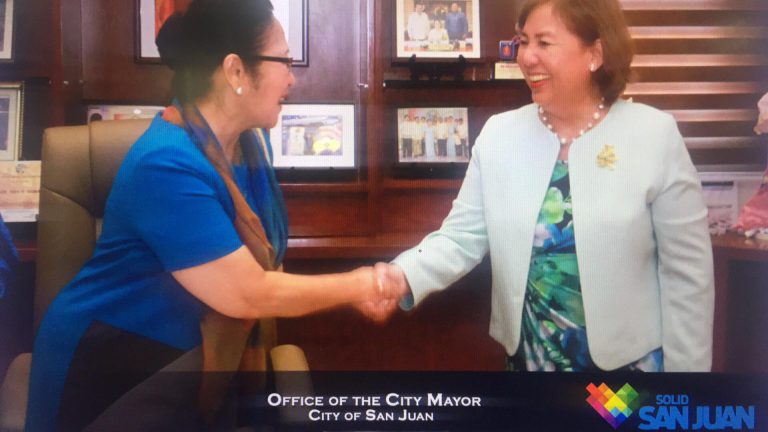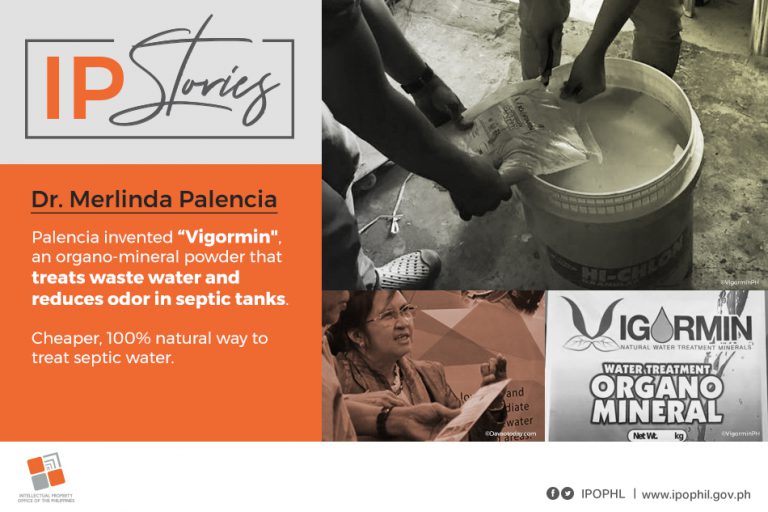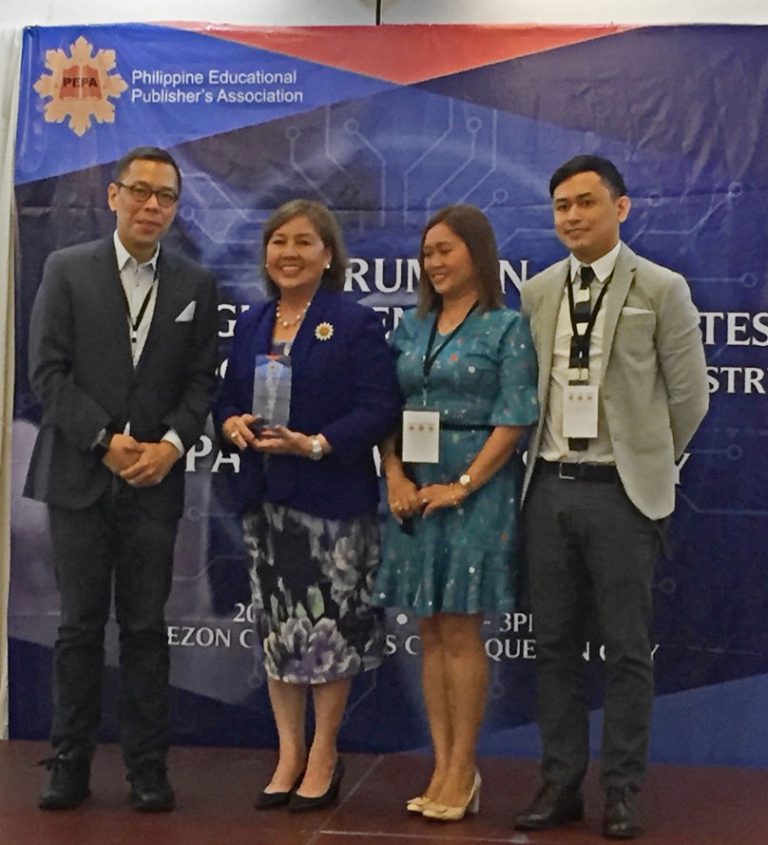
Bicol Pili collective mark registration targeted by 2022
April 21, 2021
After a decade of discussions over securing its own collective mark, the Bicol Pili industry may finally register this much-sought intellectual property (IP) protection next year.
This is the target of a project that the Intellectual Property Office of the Philippines (IPOPHL), through its Bureau of Trademarks (BOT), is jointly spearheading with the World Intellectual Property Organization (WIPO) and the Department of Trade and Industry (DTI).
Called the “Registration of Collective Marks of Local Enterprises as a Cross-Cutting Economic Development Issue,” the project is also being implemented in Bolivia, Brazil and Tunisia with the aim of spurring the growth of local communities by enabling them to register and use collective marks in the promotion of their banner products.
For the Philippine leg, the project chose the Bicol Pili for its local prestige and global potential. The project team officially touched base with the Bicol Pili industry stakeholders last April 16 with the conduct of a three-day information event and consultation.
Participants included producers, processors and traders from various provinces in the Bicol Region.
“The preliminary discussion aims to help stakeholders understand this project, its goals and its benefits, and for us to hear out their needs, concerns and interests so we can realize the socio-economic development goals of this project,” BOT Assistant Director Jesus Antonio Z. Ros said during the event.
Ros said that the roles of IPOPHL, WIPO and DTI will be to facilitate dialogues for stakeholders who must decide how to best organize a group to represent the industry and be the rightful owner of the collective mark. Industry stakeholders must also identify the goods that will be covered by the mark.
The project will cover the design of a logo and the development of the agreement that will lay down the standards and regulations on the production and processing of products and the use of the mark.
The project aims to have the industry players register a collective mark with IPOPHL before the end of its two-year run in 2022, according to Ros.
The game-changing effects of a collective mark
A collective mark is any visible sign capable of distinguishing the origin, common characteristic, quality of goods or services of different enterprises under the control of the registered owner which must be a group of industry stakeholders.
Ultimately, according to Ros, a collective mark serves as a branding tool that increases consumer confidence as it guarantees premium quality, authenticity, craftsmanship, raw materials, safety, sanitary standard or the cultural links of a product.
This consumer confidence results in increased reputation for the brand, which is strived to be maintained through the regulations set by the industry association.
Bicol PIli Project Consultant Atty. Aldrin R. Mendoza said that collective marks support economies of scale in terms of marketing and technology enhancements, leading to “most products with collective marks experiencing increased sales.”
Guimaras Mango Growers and Producers Development Cooperative Chairperson Rosario Griesser, attested to the economic benefits of a collective mark as she presented at the event the cooperative’s success story.
Griesser said that Guimaras mangoes were priced at only P20 per kilogram in 2016. But in 2018, when their cooperative secured and started issuing the collective mark sticker, the farm gate of mangoes that bear the mark rose to P80 per kilo.
But for the Lake Sebu Indigenous Women Weavers Association Inc. (LASIWWAI), a collective mark provides beyond economical rewards as T’nalak women weavers became more empowered in their communities.
“They now participate in politics. Majority have become heads of civil society organizations because they are now empowered and are involved in the decision making of their communities,” Nenita Kinan, current board member and former vice-president of LASIWWAI, said.
Organizing the stakeholders
Mendoza said the first step is for the industry to determine how to best organize themselves.
“We need only one core organization, federation, cooperative or any structure that will be the owner and filer of the mark,” he said, adding stakeholders can form a new group or identify an existing one.
“Whatever the outcome, however, it is the industry stakeholders who must initiate and determine how to group themselves,” the consultant said.
BOT’s Ros said that in their mobilization, stakeholders must consider the many sub-industries deriving from the pili tree –– from the farming of the raw materials, to the production of food products, such as pili nut, pili butter, pili candy, and even the creation of handicrafts from pili shells.
Given this diversity, Ros said it is “ideal” for the membership to include as many representatives in the value chain.
“Important players, such as farmers, processors or manufacturers, traders, and exporters, must become members provided that they follow the regulations regarding the use of the mark,” Ros added.
For her part, WIPO Cristina Martinez Limon, associate program officer of WIPO’s Development Agenda Coordination Division, assured that WIPO will be handholding the Bicol Pili stakeholders throughout the project but emphasized the need to understand the full breadth of the industry.
“We will be working with all participants together to identify which are the best solutions for you but I think the next step for us is to do a mapping of which associations exist in the Bicol Pili industry,” Limon said.
If Bicol Pili succeeds in securing its own collective mark, it will join the likes of the Guimaras Mangoes, Cordillera Heirloom Rice, Lake Sebu T’nalak and the Aklan Quality Seal whose collective marks are currently registered at IPOPHL and protected under the IP Code of 1998 for a term of 10 years, subject to renewal.### (Janina Lim, Media Relations Officer)






